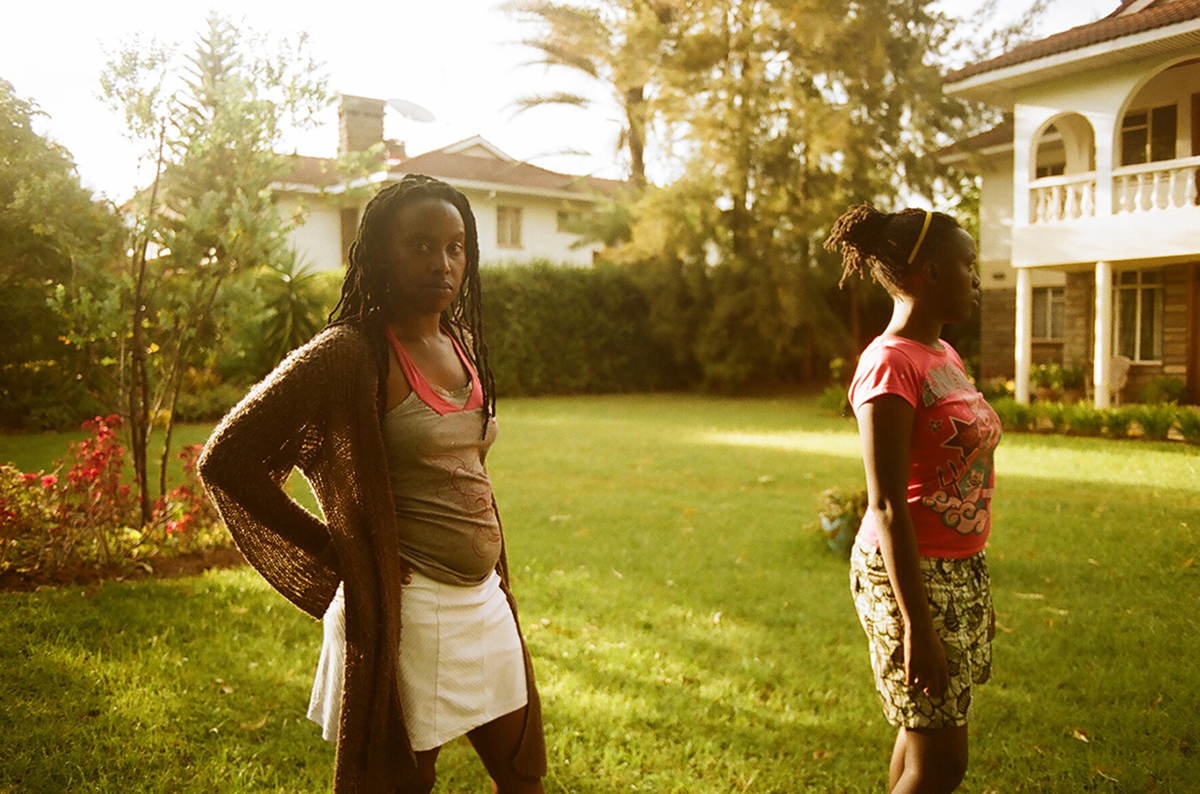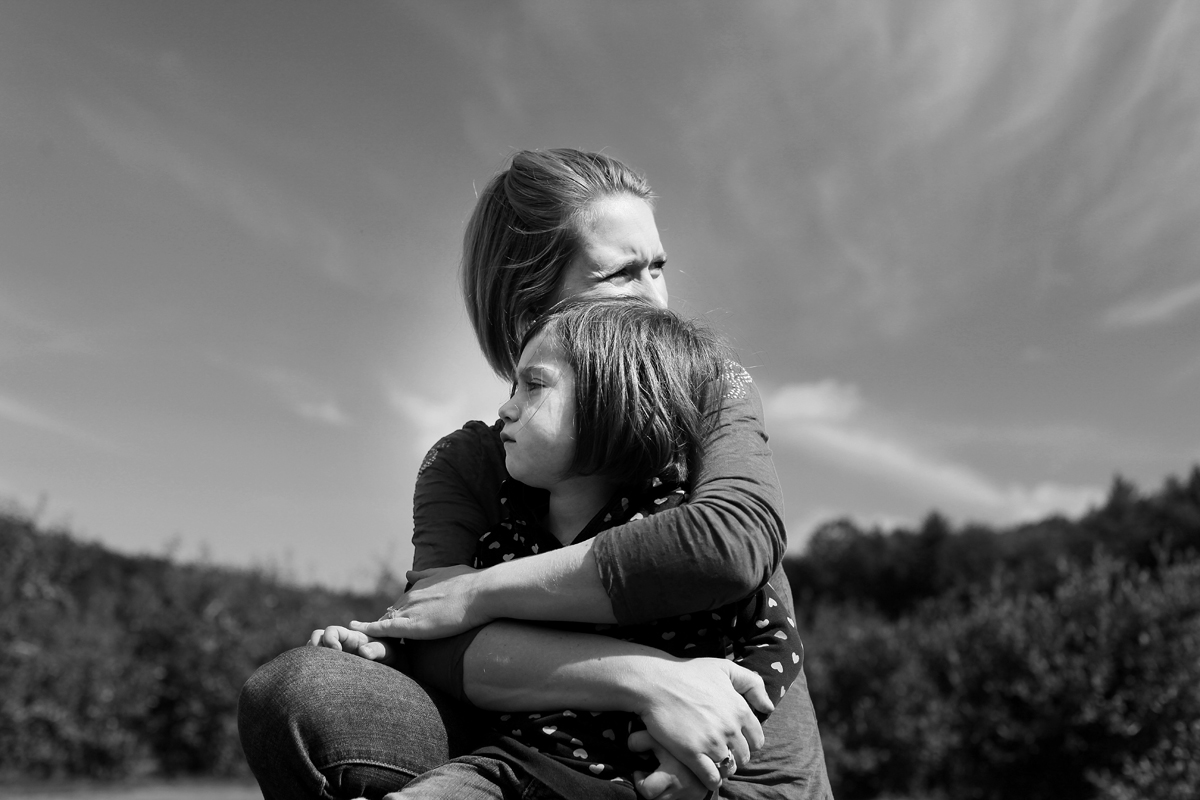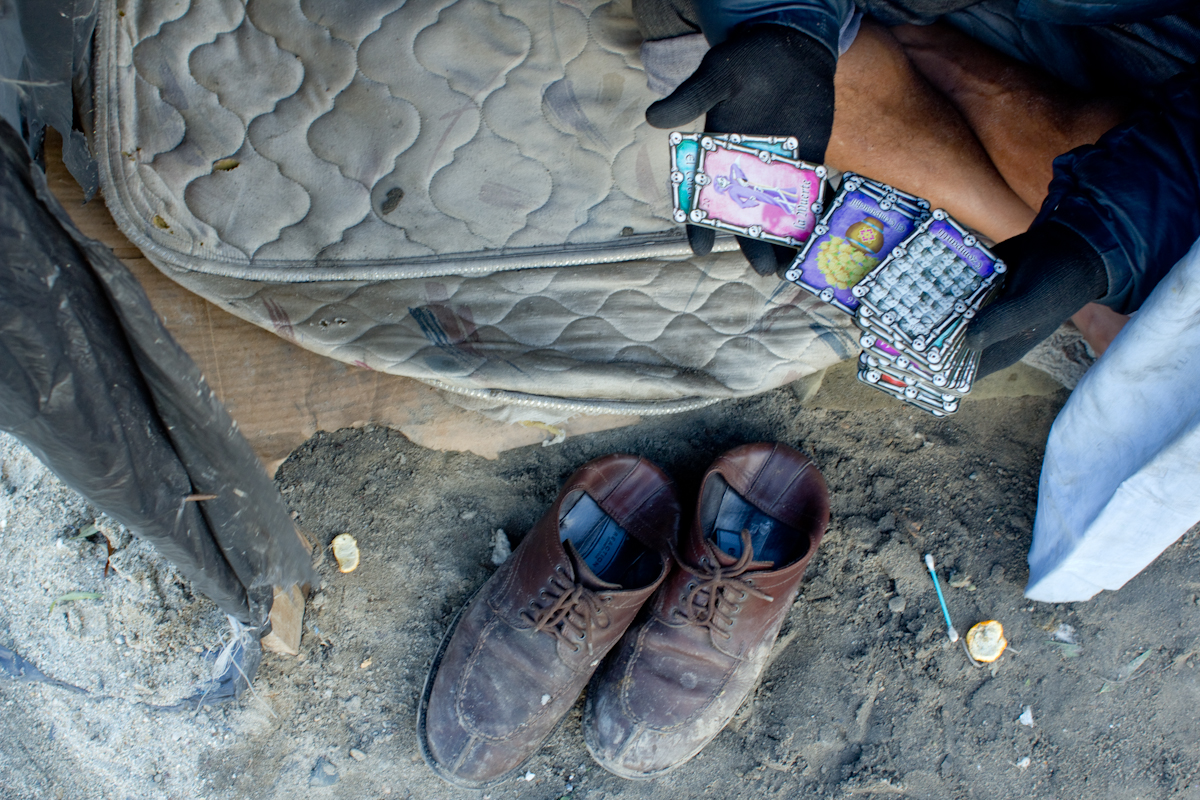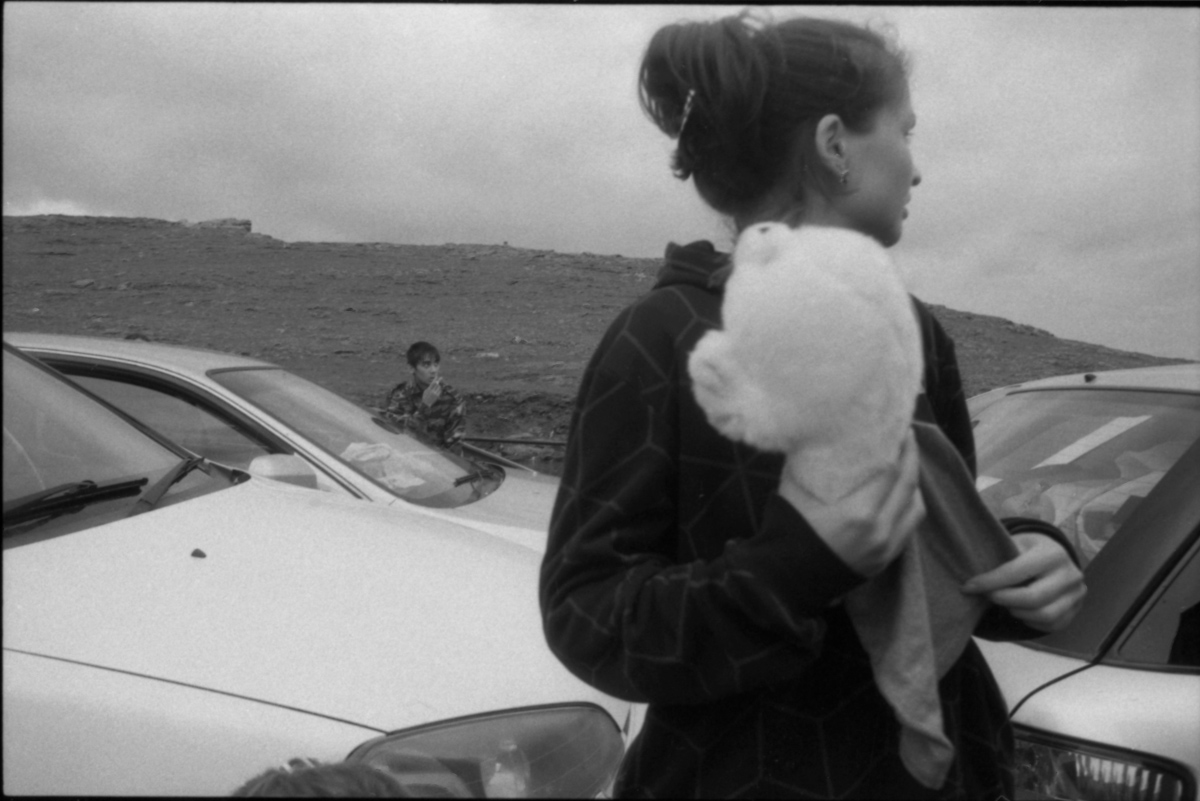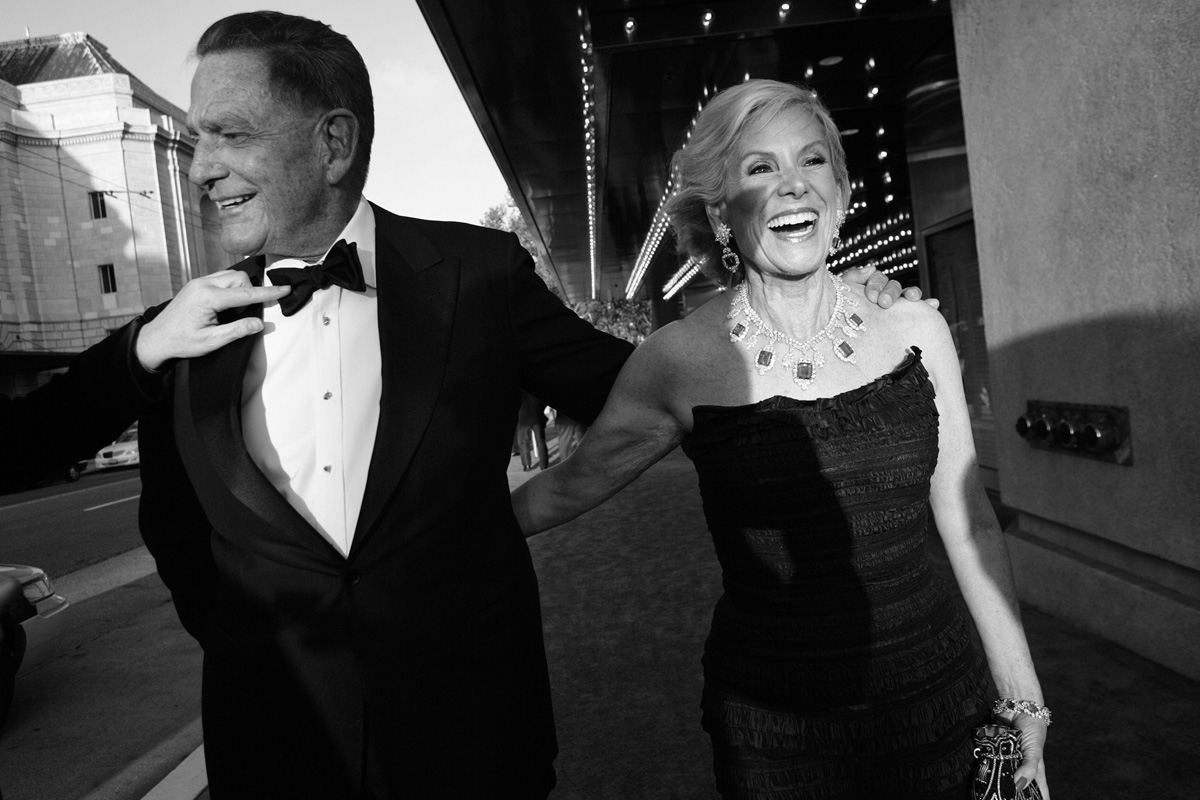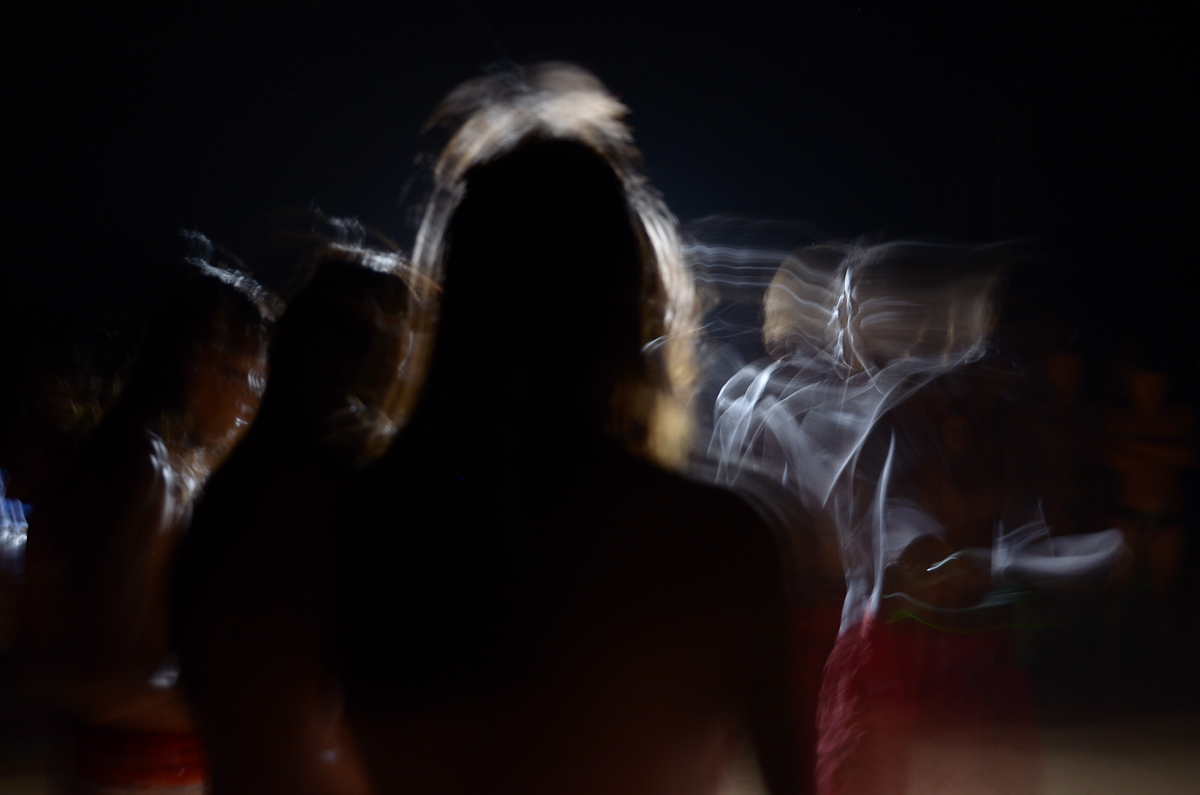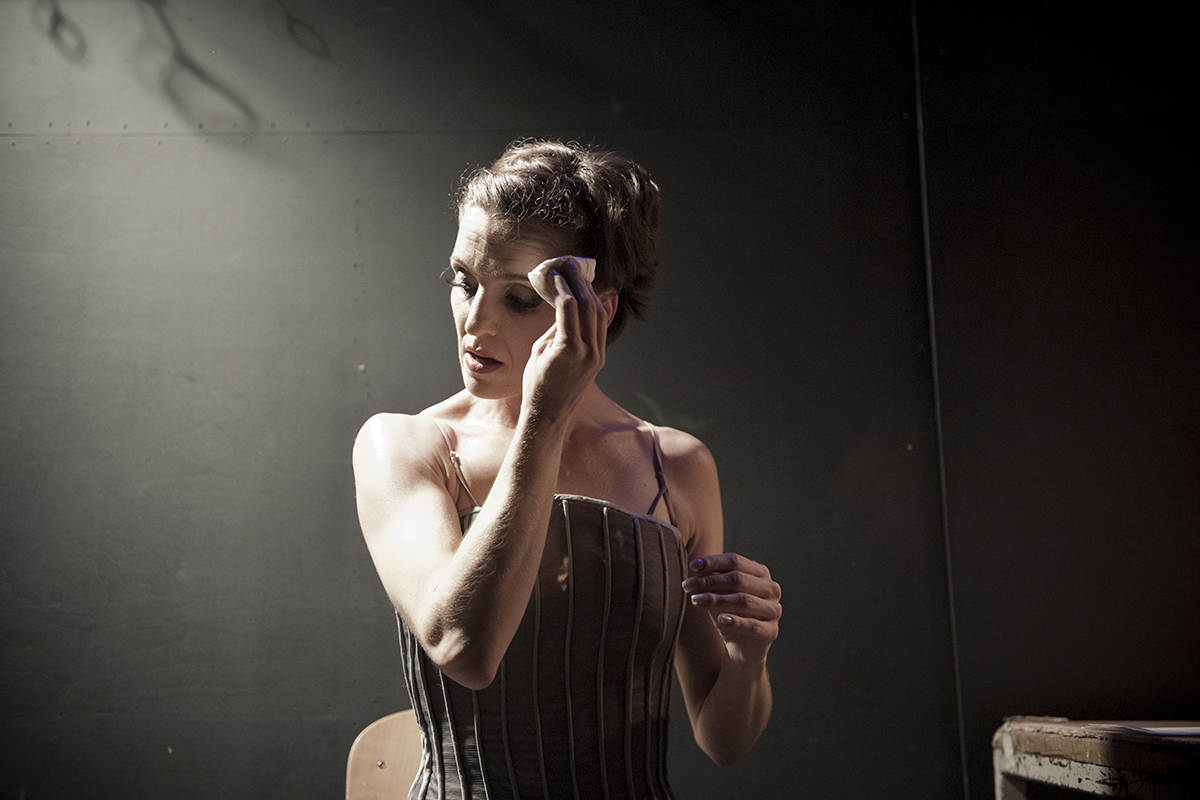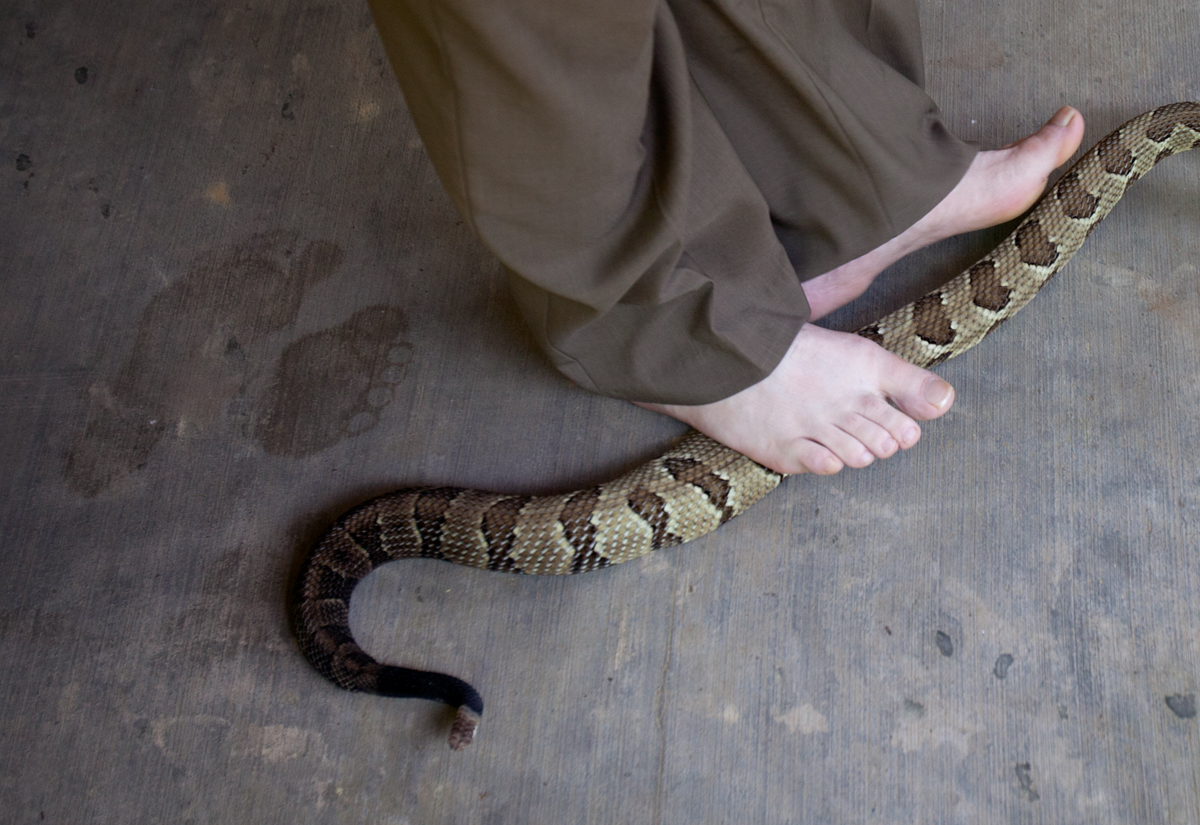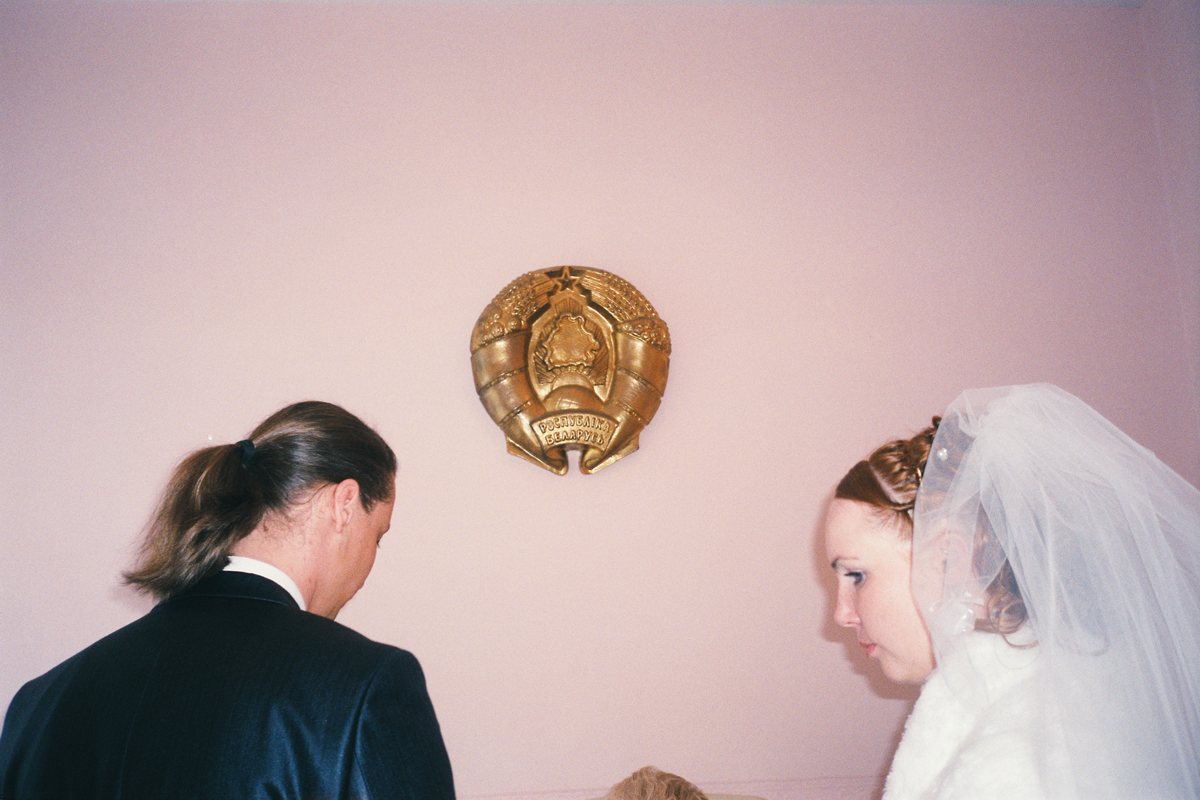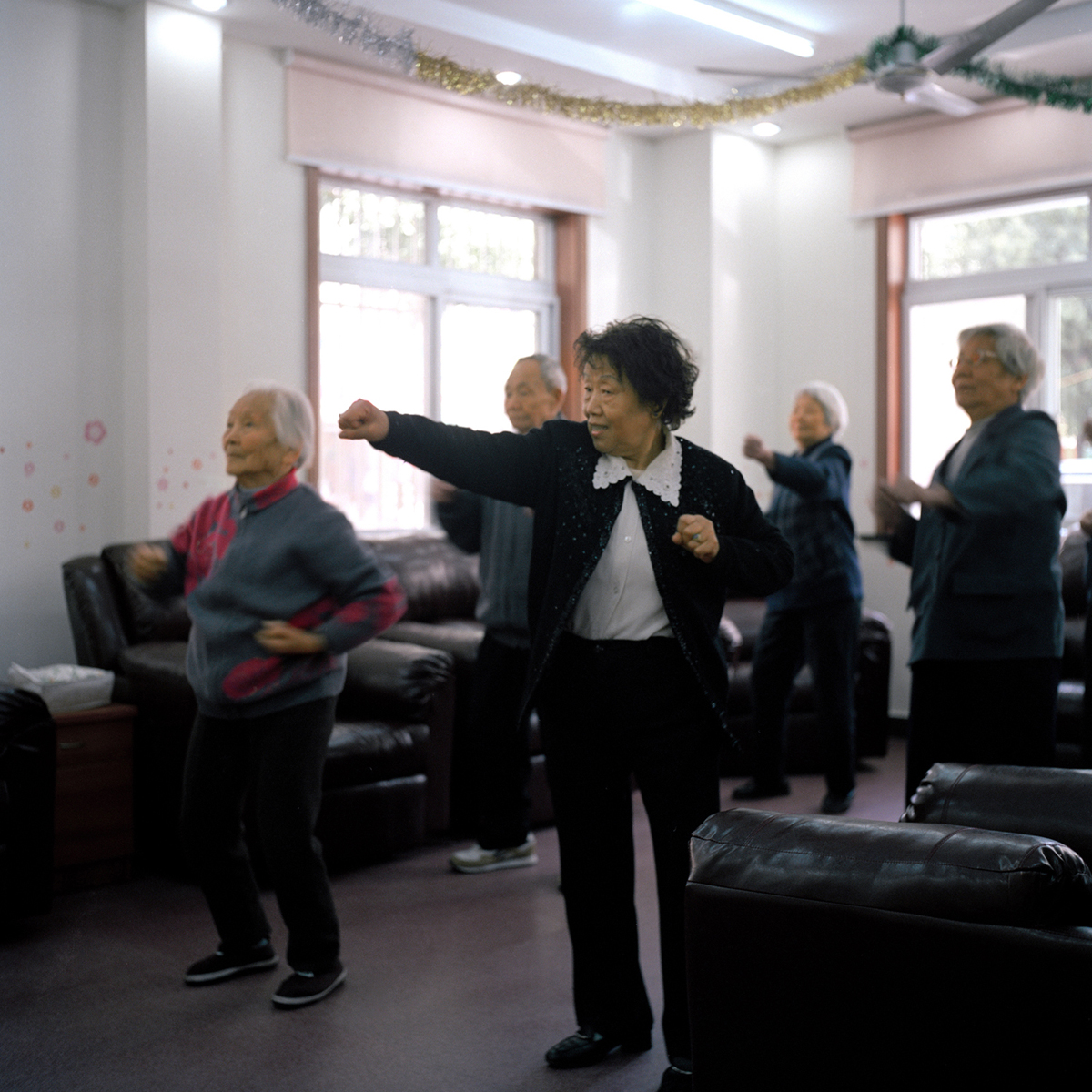Mimi Cherono Ng’ok (Kenya): Untitled
Gallery offline – updating soon
‘Untitled’ is a collection of photographs taken between 2008 and 2013 when I returned to Kenya. Using analog photography I document occupied and empty spaces in relationship to myself, and those close to me; I map personal memory and intimacy from a Kenyan middle class perspective. Implying a visual diary, my photographs include the emotions attached to seeing a familiar place, friends and family and the associated nostalgia. Rather than a reconciliation, this series is an oscillation between shared narratives and a personal story. I attempt to define ‘home’ in an accumulative way, by shooting landscapes, architecture, family members, still life(s), self-portraits and domestic spaces, creating photographs intersecting experience, memory, fiction and nostalgia. Inspired by my daily surroundings, recollections of growing up middle class in Nairobi, and the experience of returning to what was once familiar and is now distant, my work functions as an exploratory dialogue between my country and I.

